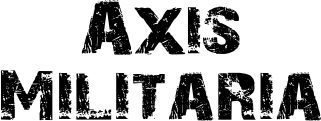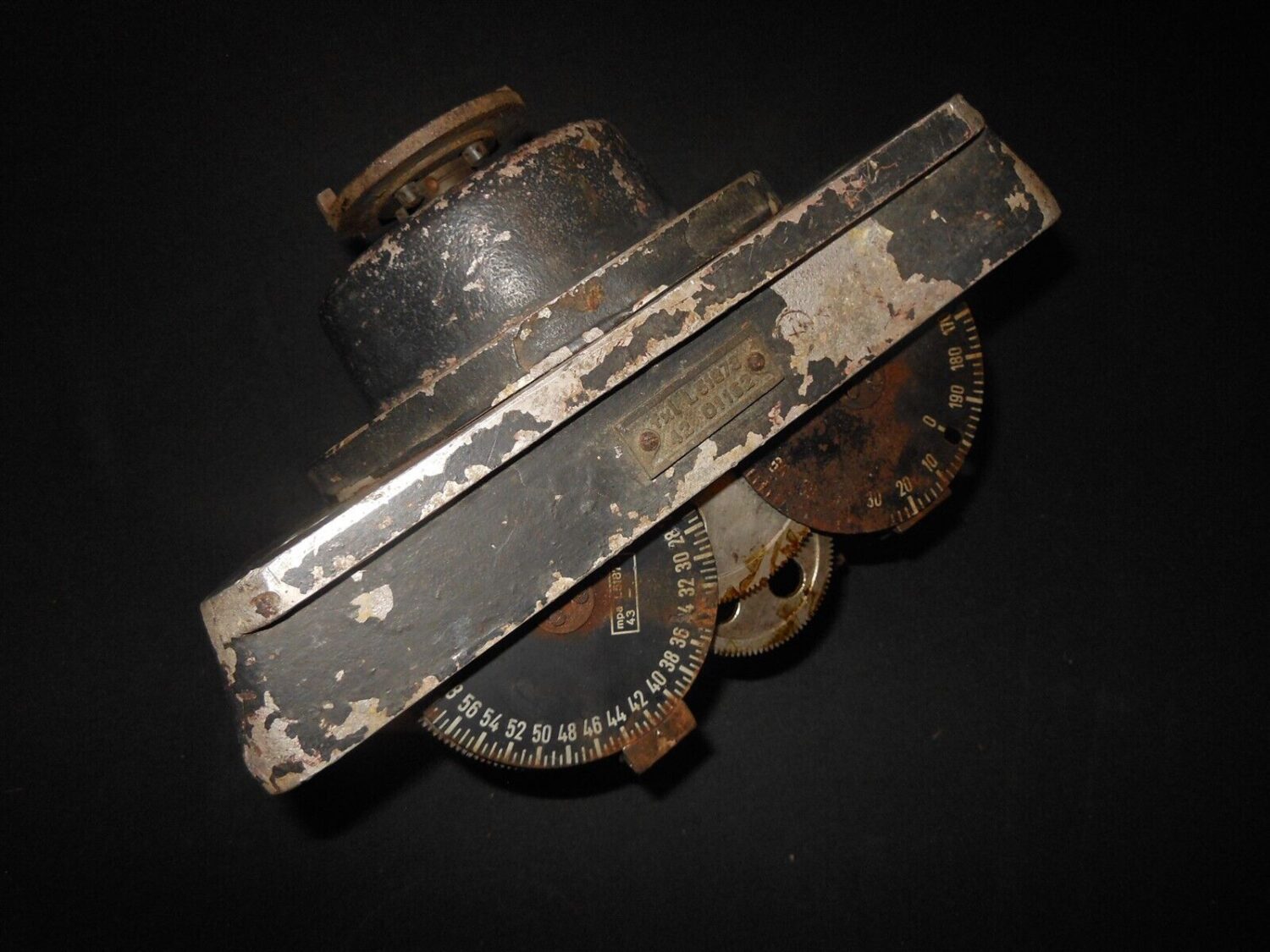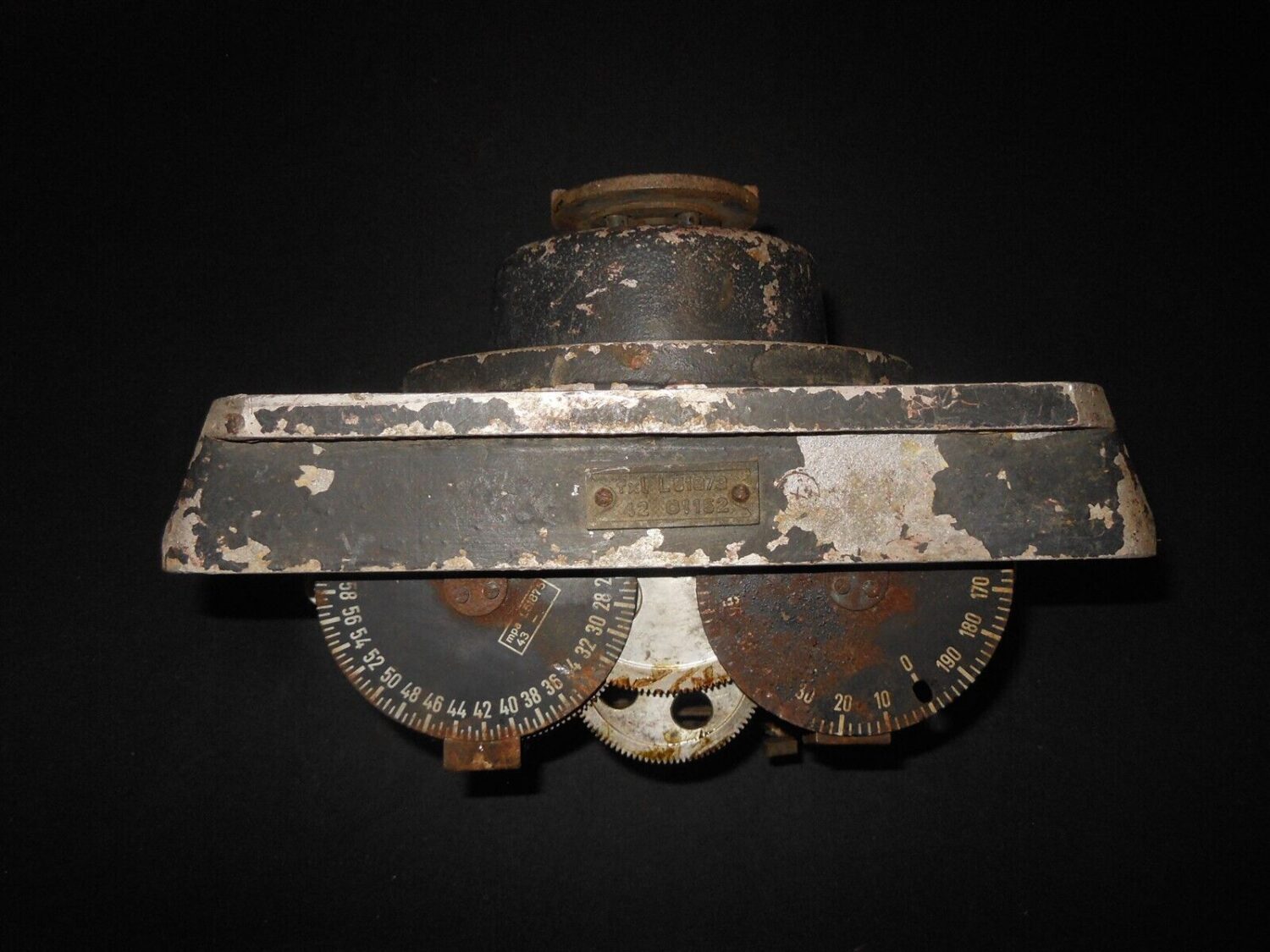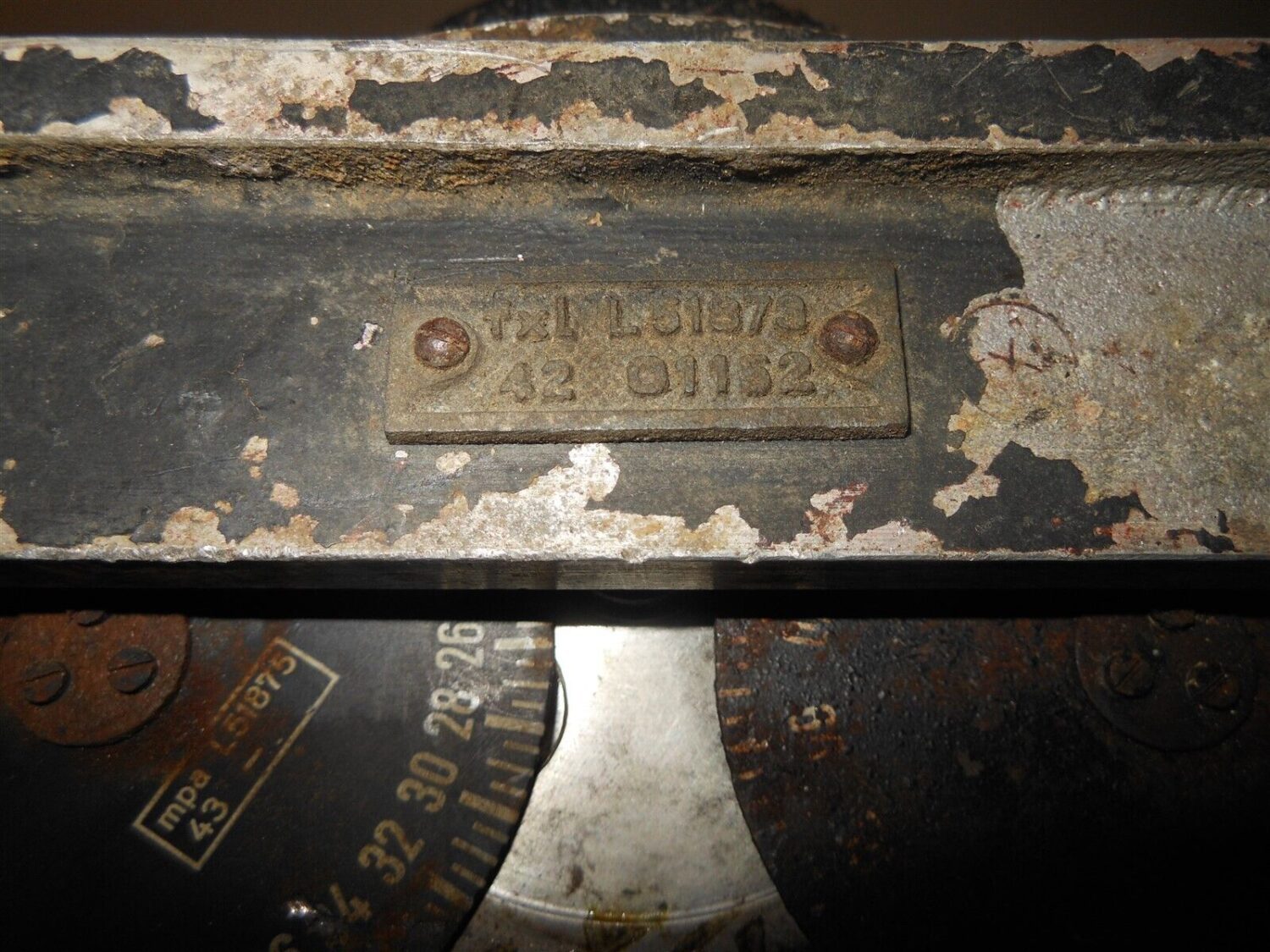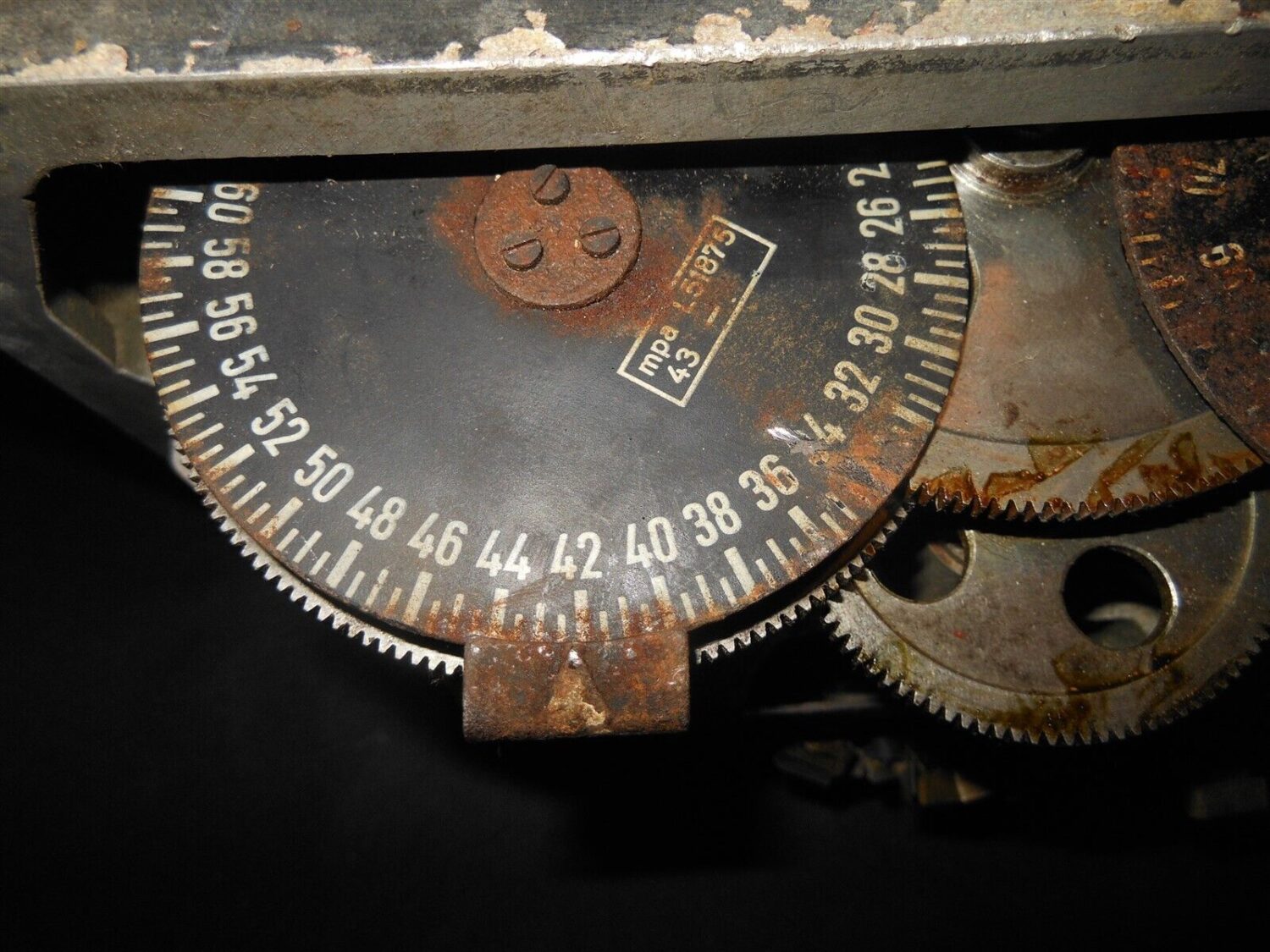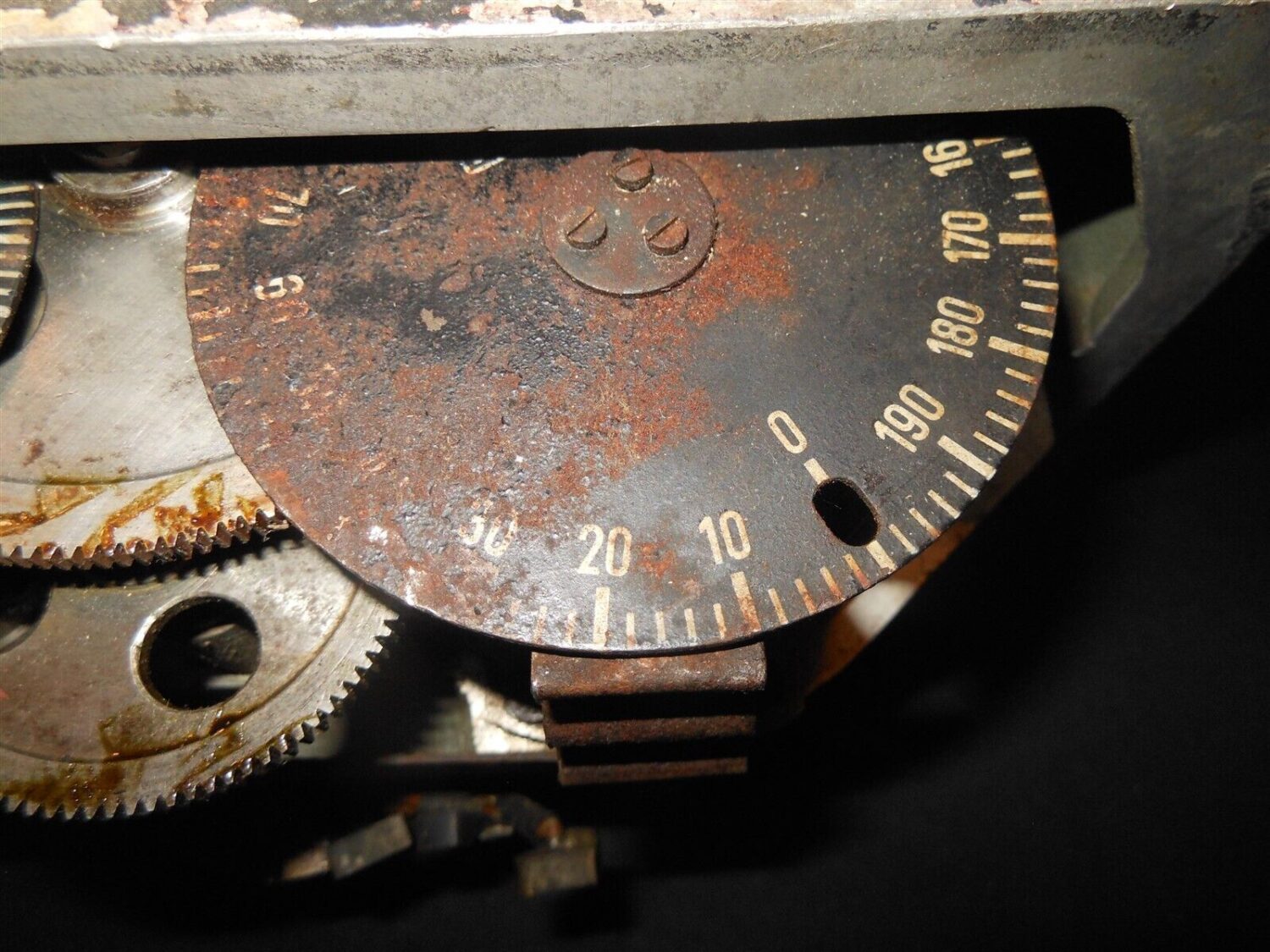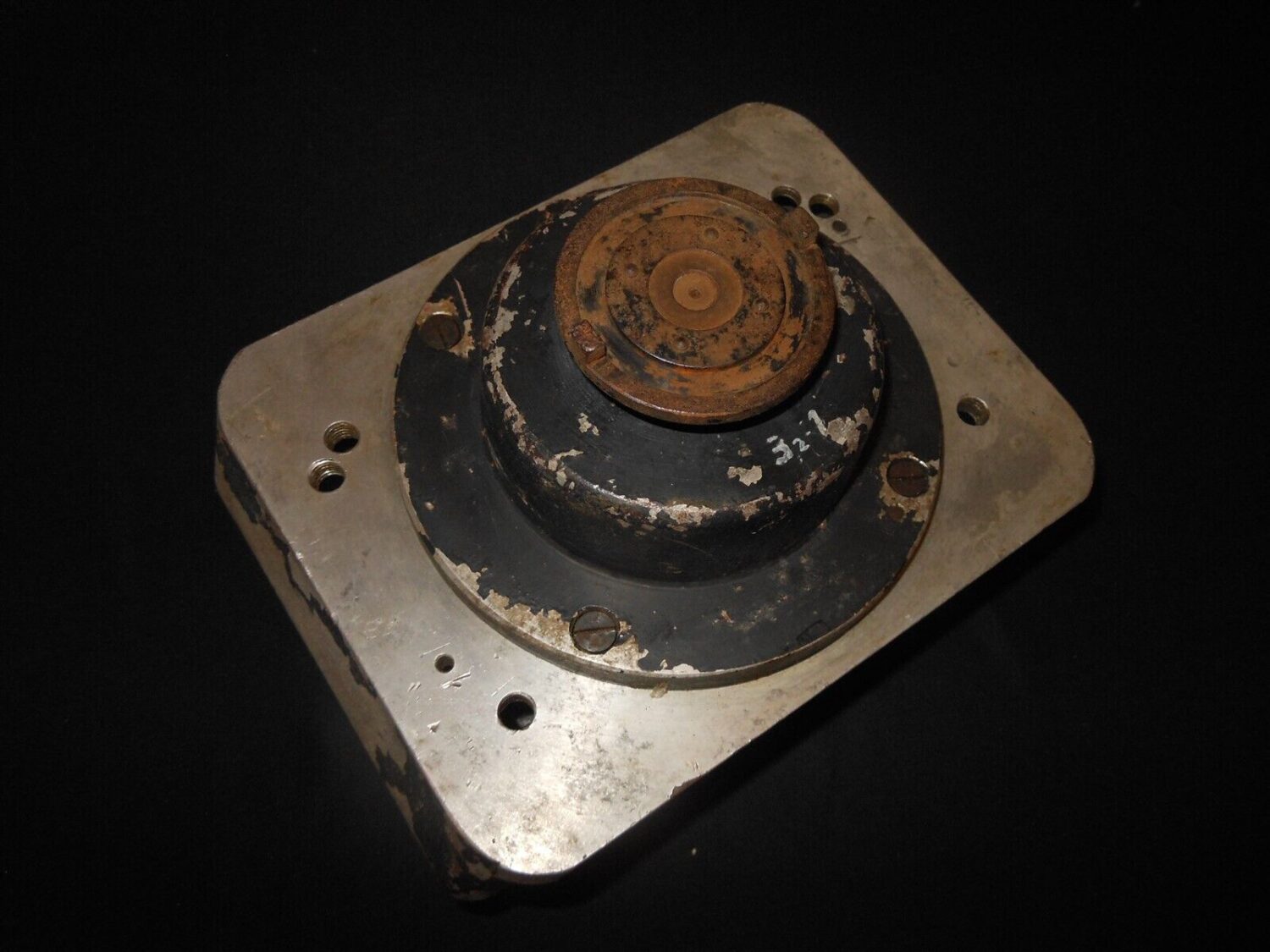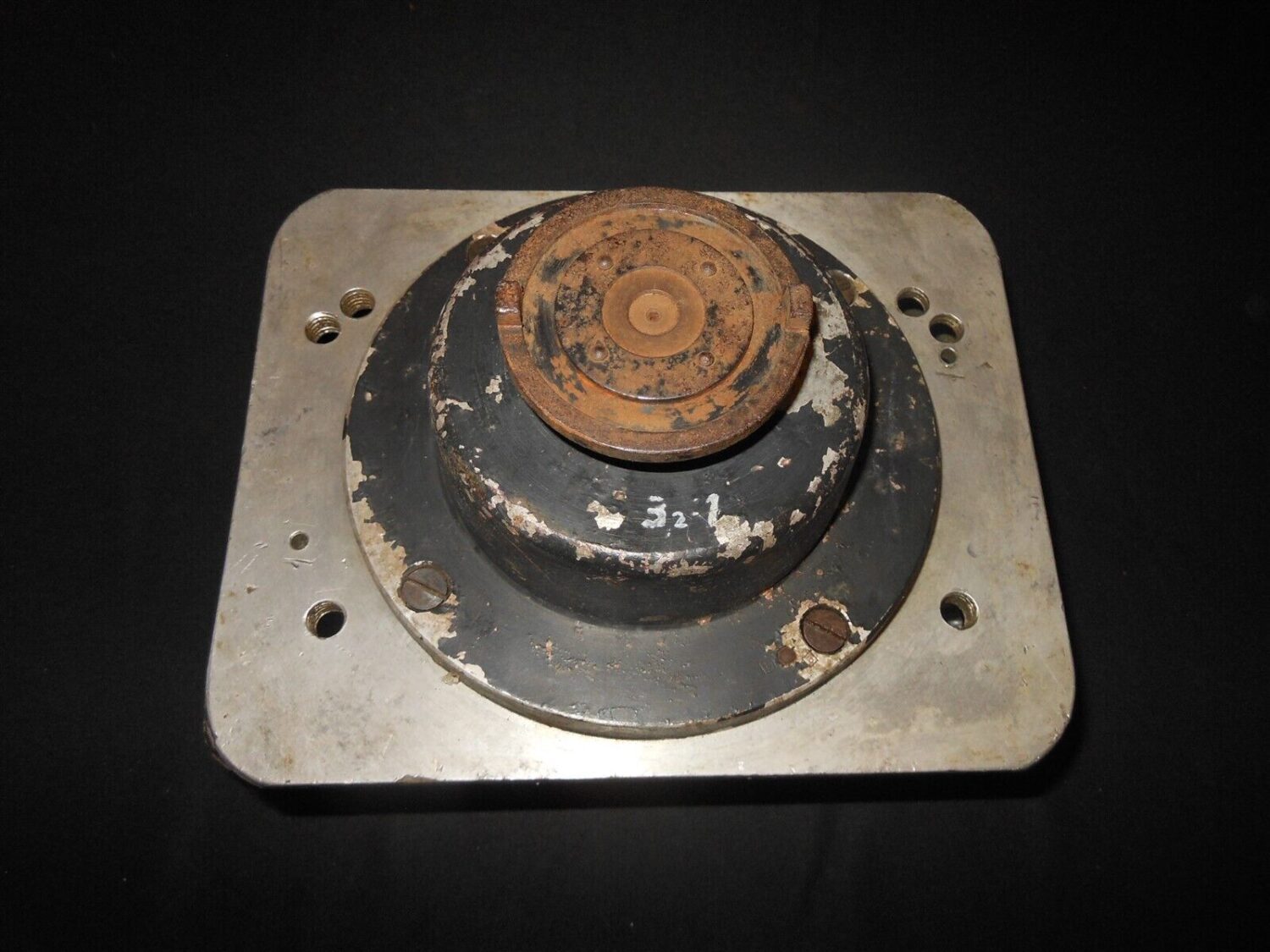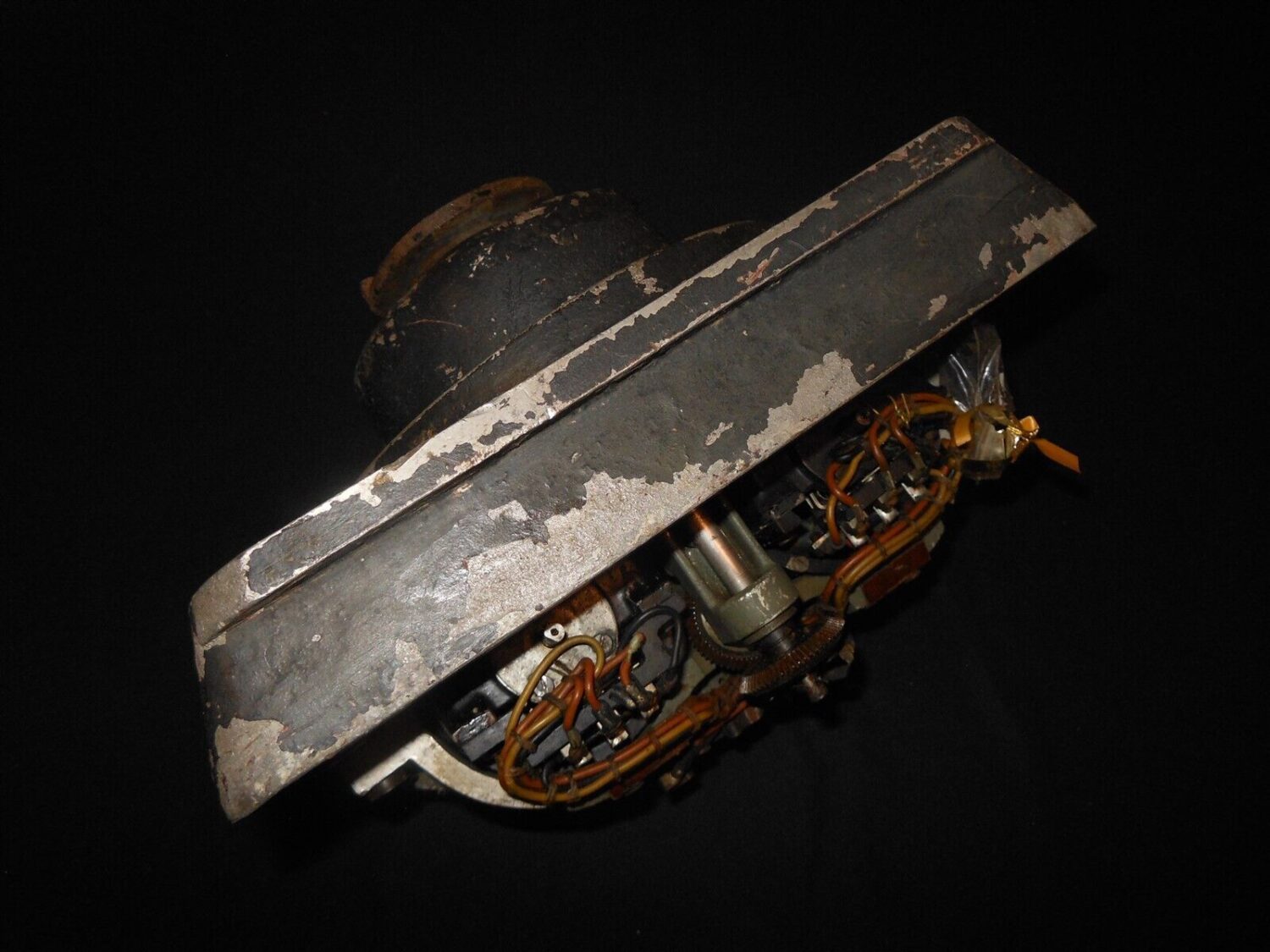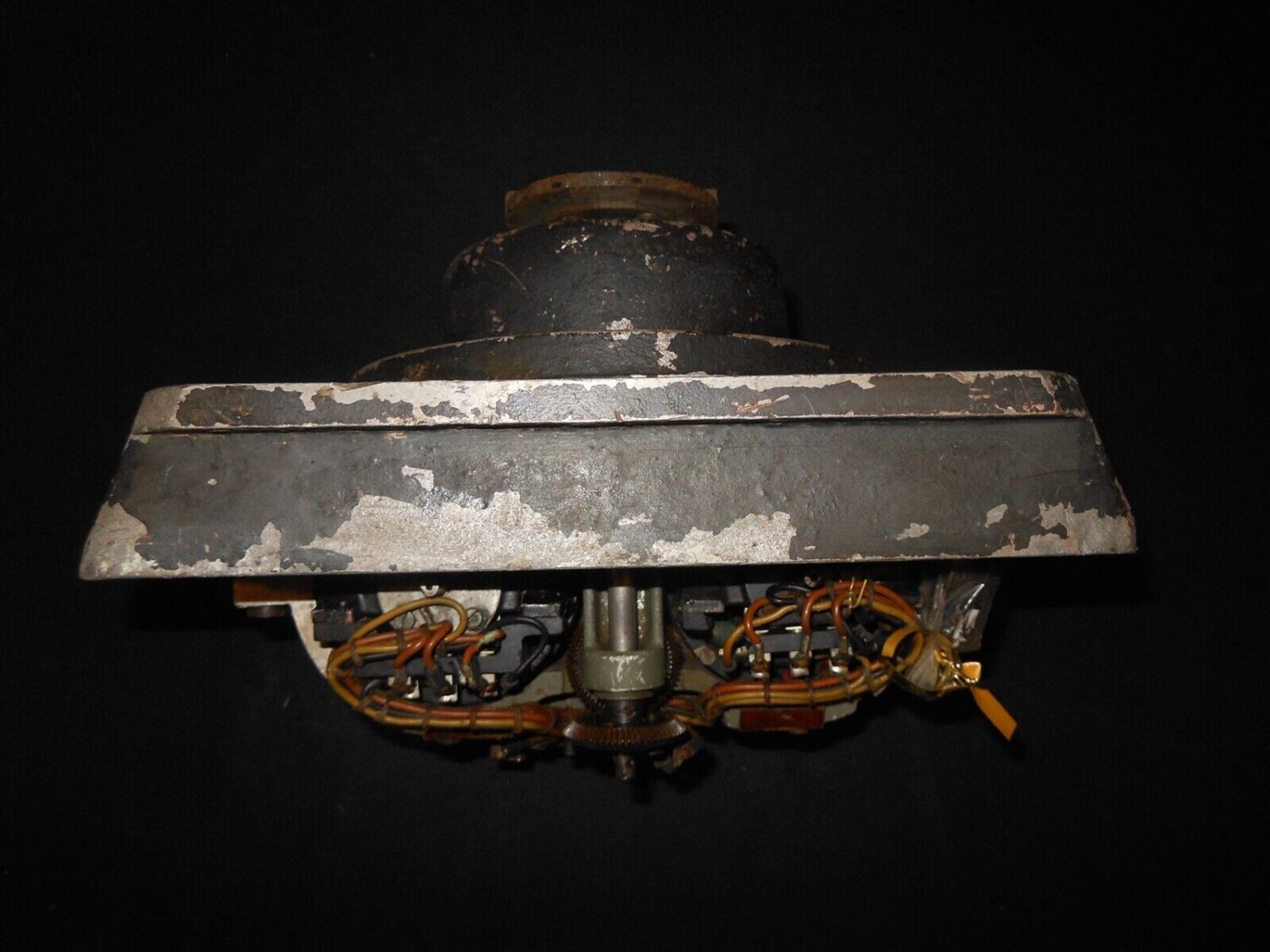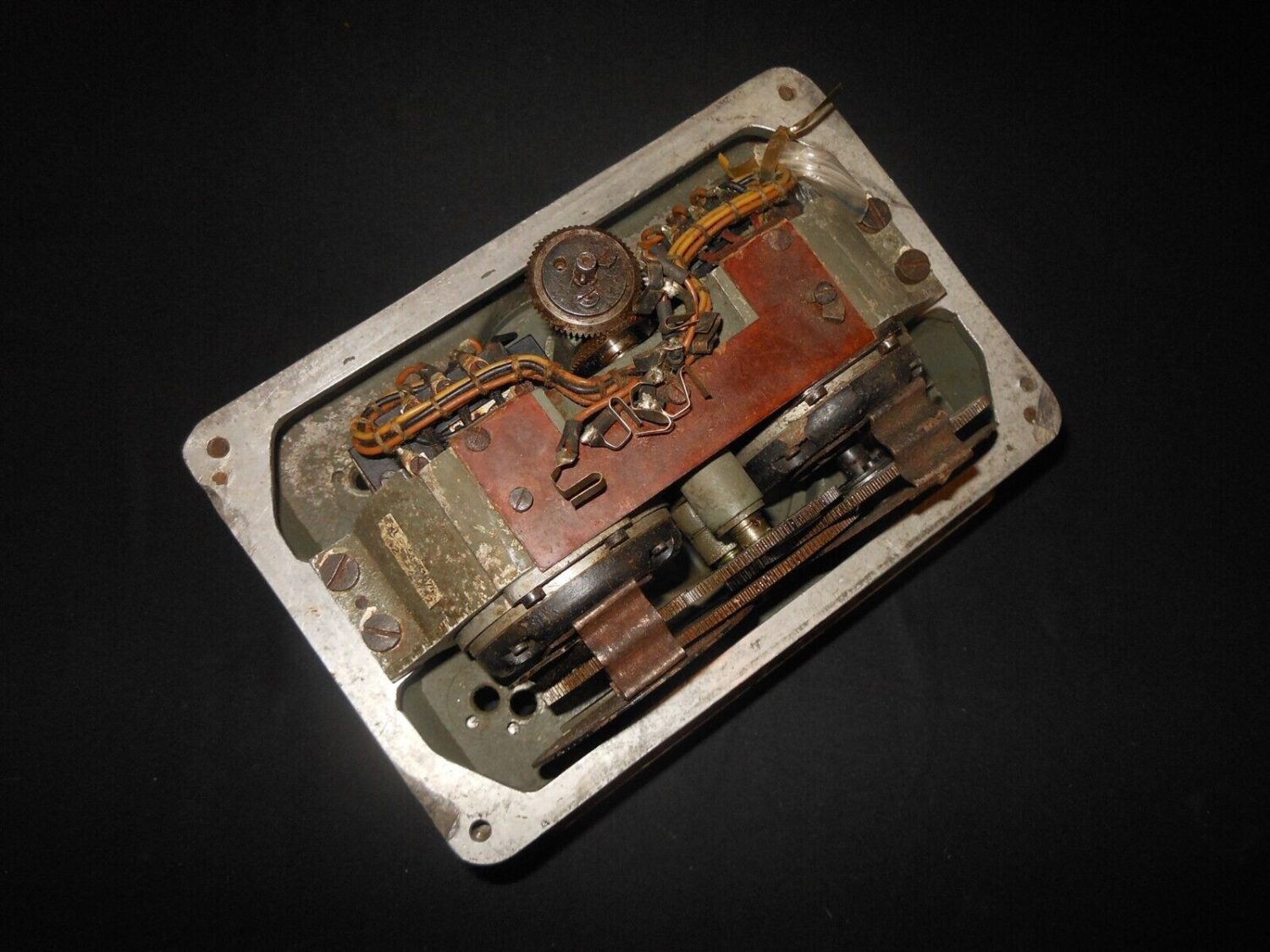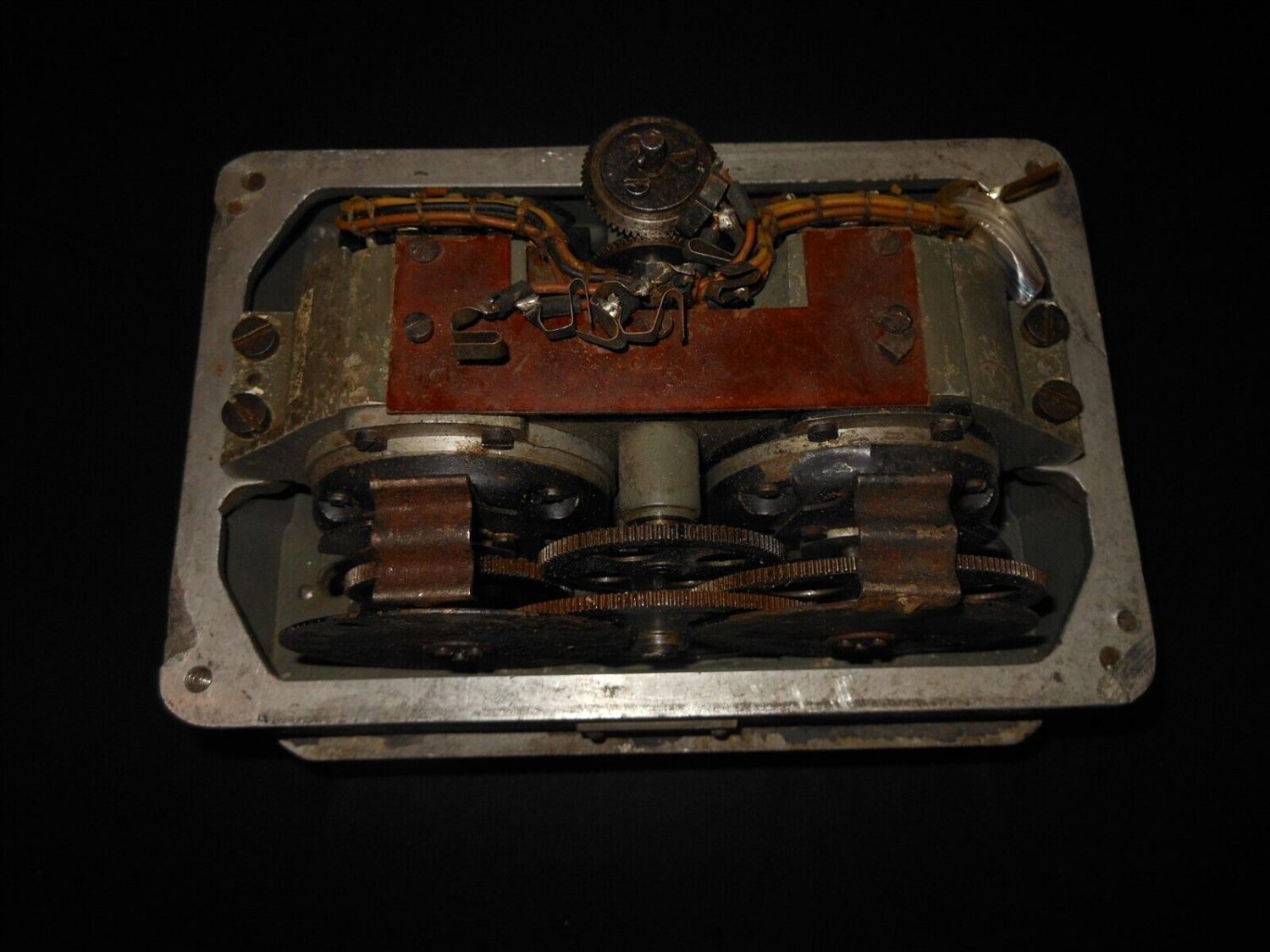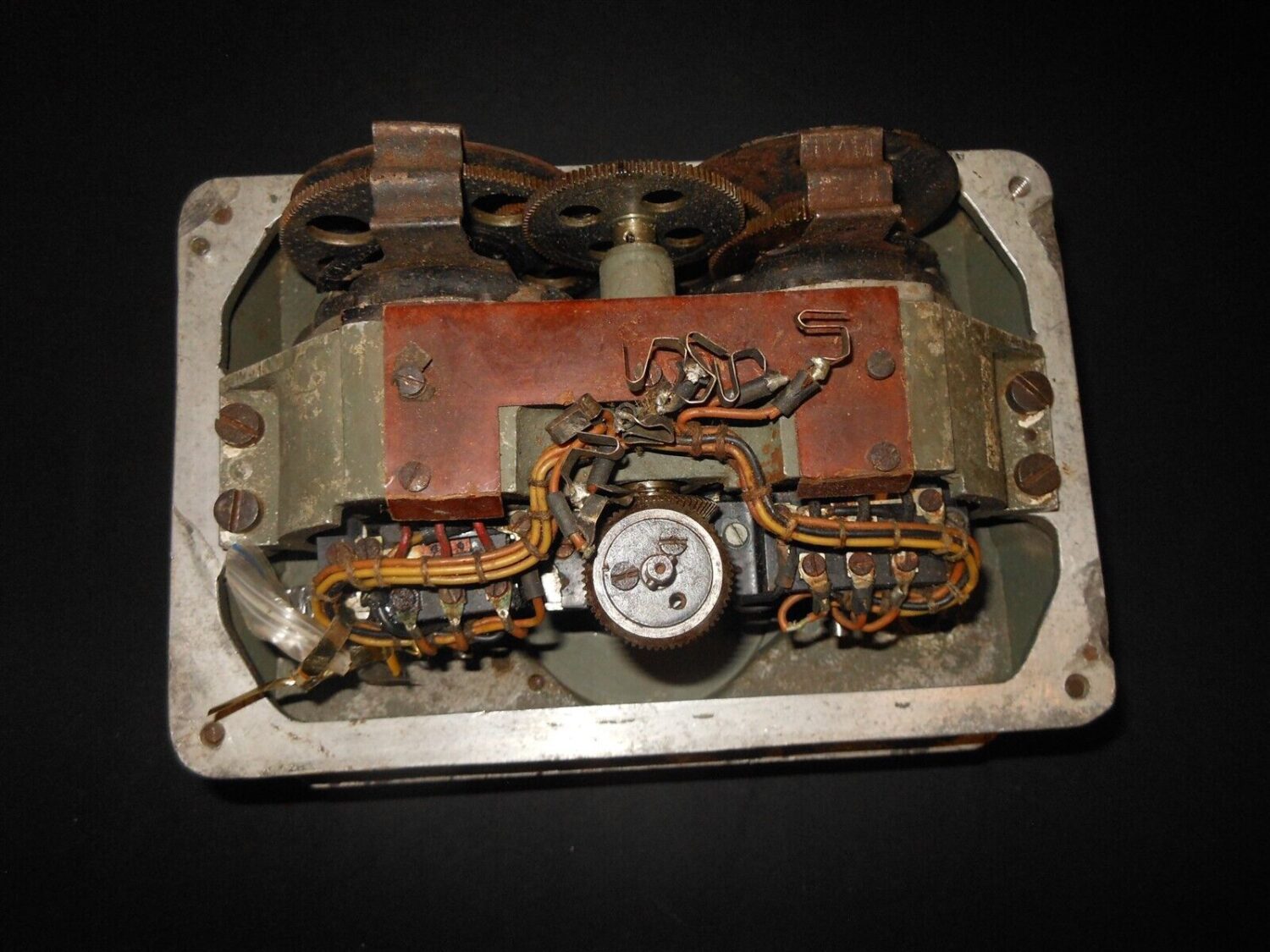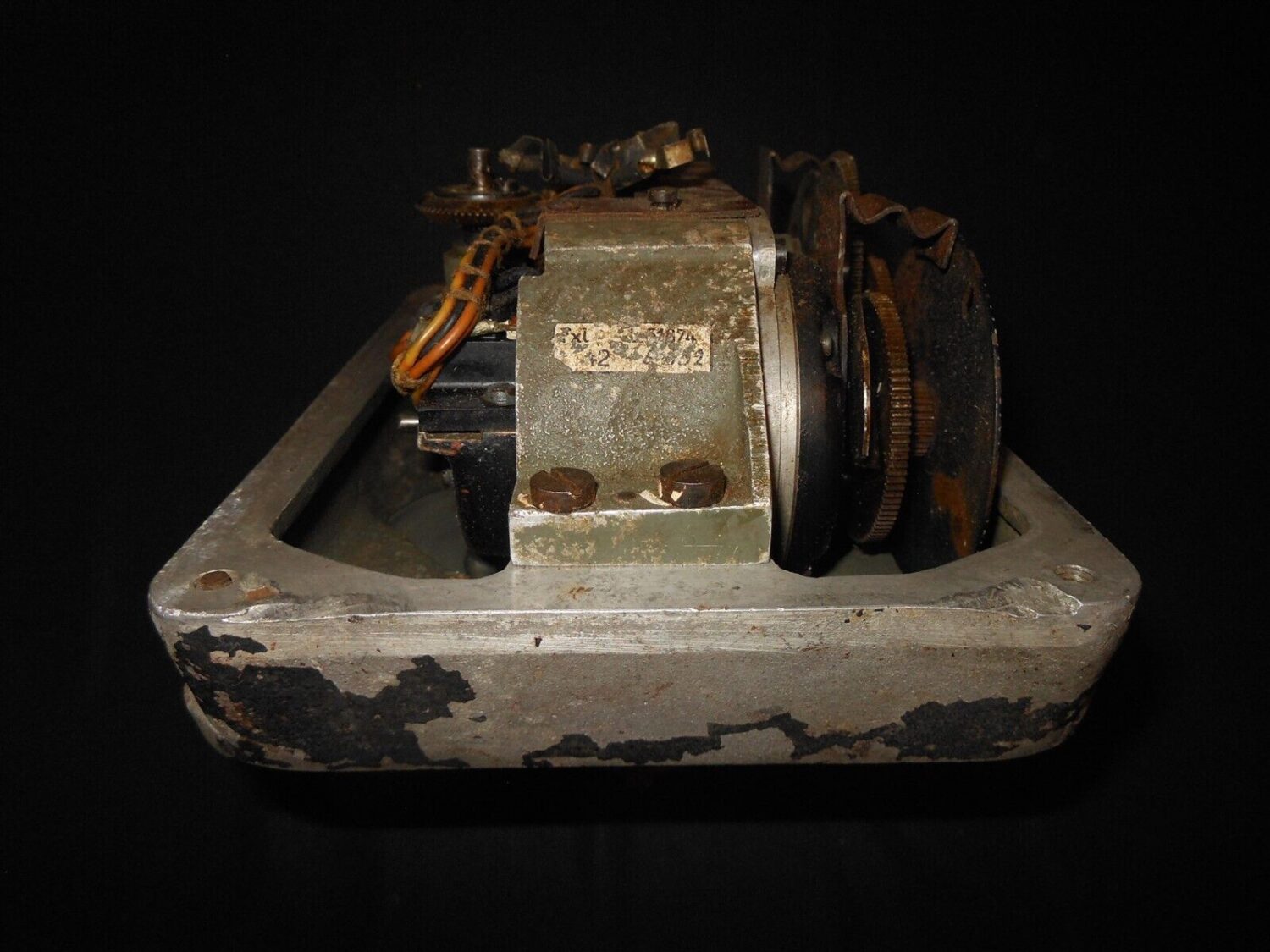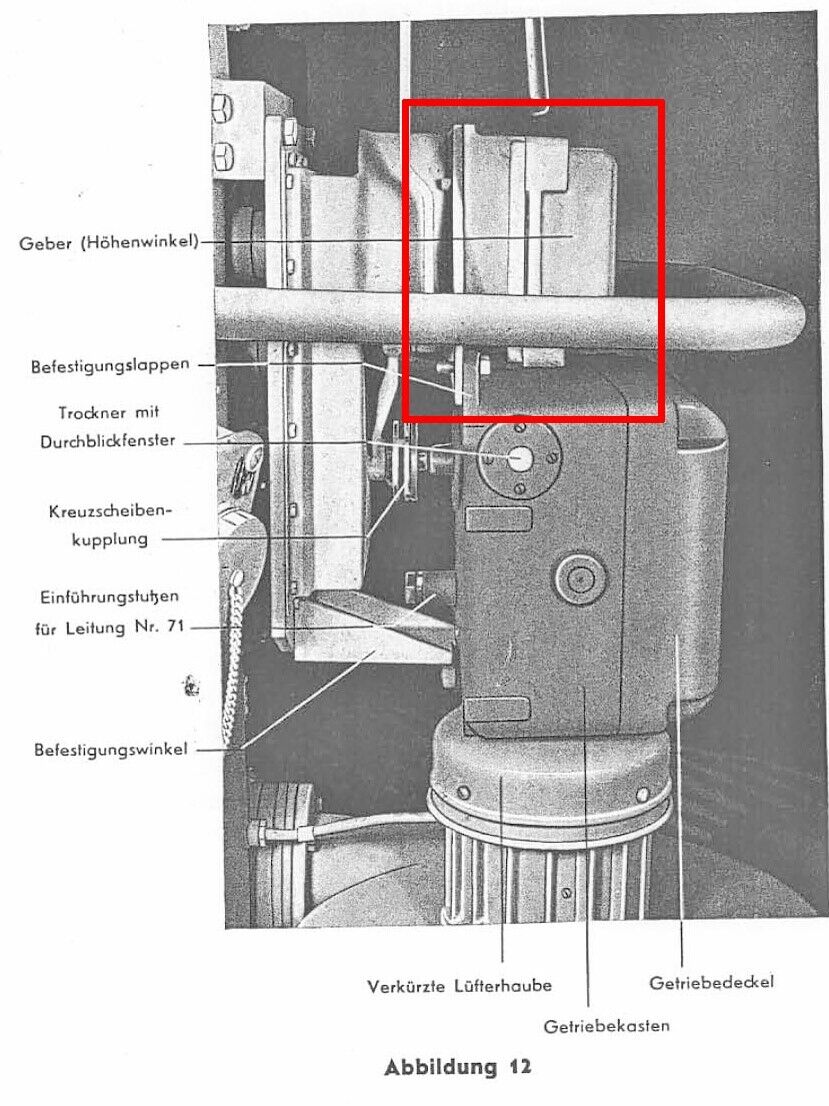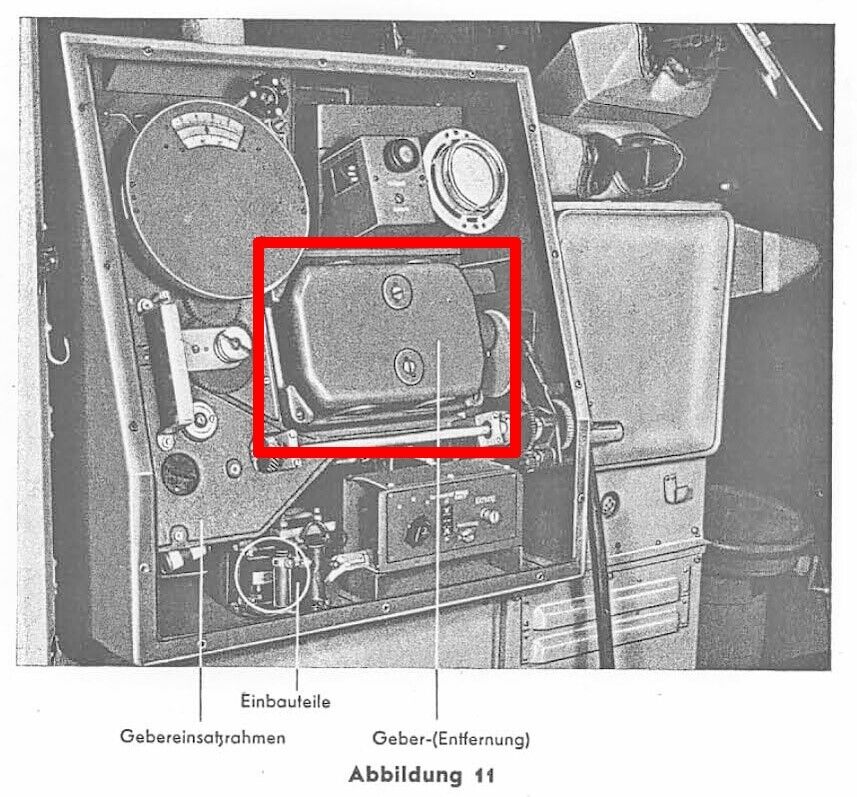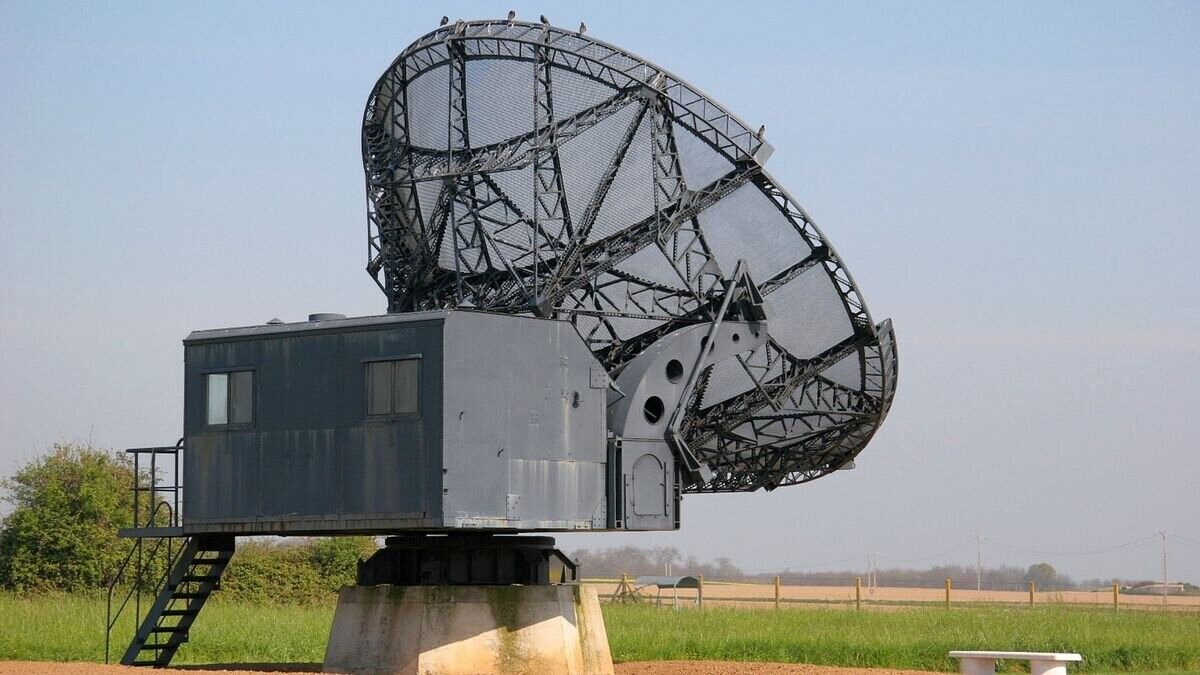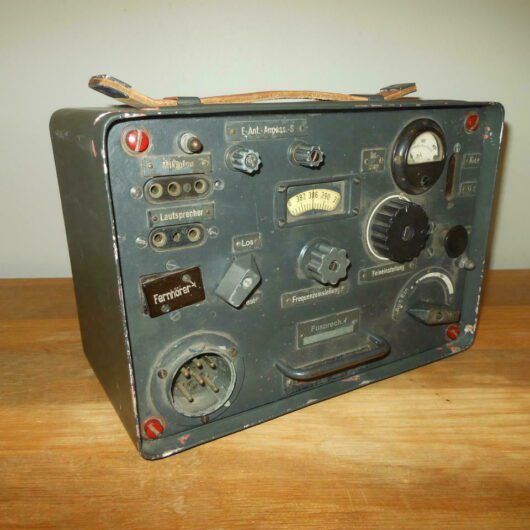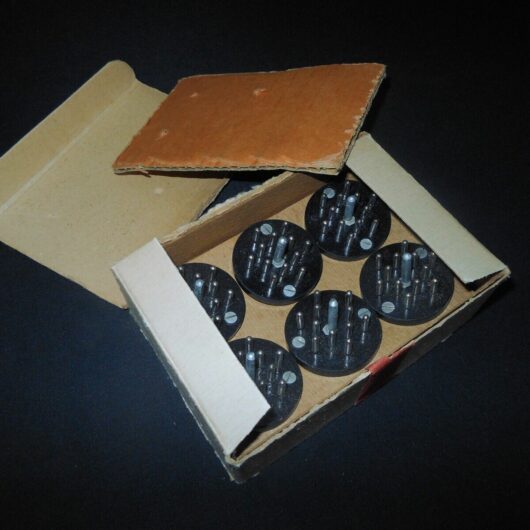Description
You are bidding on a VERY RARE example of a WW2 German Wehrmacht Übertrager 37 / SAM Geber (Siemens Anlagen und Maschienenbau Servo & Ranging Unit), as ONLY used with the Seeburg-Tisch Radar Plotting Table! This system was used in conjunction with the Würzburg and Freya Radar Systems.
The Würzburg radar was the primary ground-based gun laying radar for both the Luftwaffe and the German Army during World War II. Initial development took place before the war, entering service in 1940. Eventually over 4,000 Würzburgs of various models were produced. It took its name from the city of Würzburg as the project leader liked geographical names. During the WW II radars became highly important in directing and concentrating of heavy anti-aircraft fire and intercepting fighters against the attacking enemy formations. Discussions led to the order of air surveillance and anti-aircraft fire directing radar sets later in 1942. Finnish personnel were trained both in
The Seeburg Tisch was a mechanical plotting table used by Nazi Germany in their operation rooms to track aircraft and coordinate operations during World War II. It was produced by Siemens.
Attached to the plotting table was a Freya radar and two Würzburg-Riese radars. Freya radars would pick up and track the bombing raids and an attached Würzburg radar would then select an individual bomber and track it. The other Würzburg would track the night fighter that was sent out to find and attack the bombers.
This plotting was done on a large, translucent glass plate. The radar position of both enemy bombers and the friendly night fighters were displayed on the table as moving spots of light. The enemy was displayed with a red spot and a blue spot represented the night fighter. The table had a grid that corresponded to the Kammhuber Line system (or Himmelbett as it was known in Germany) over the sector that was covered by its radar.
The grid was a series of control sectors, that had associated radars, searchlights, and a night fighter. Each grid square was further subdivided into smaller squares, numbered 1 to 9. This smaller grid represented an airspace of roughly 9 x 11 km, a size that allowed the night fighter to find the bombers with its own Lichtenstein airborne intercept radar.
As the dots moved over time, the track was marked manually on the table by six female auxiliaries that were seated by it, known as Luftwaffe Hilferin or by the Luftwaffe slang term ‘Blitzmädel’, or lightning maidens. A Luftwaffe officer would oversee the development and acted as a fighter controller, directing the night fighter to the closest grid via radio. Operations were previously manually coordinated using an Auswertetisch, which was a precursor to the Seeburg.
Made of aluminum and steel by “fxl” (Finco Motorenwerk Bernhard Pölling, Rumburg / Sudetengauand), this Übertrager 37 Radar System Servo Unit is in VERY NICE used condition! It does feature some marks, scratches and wear, but still VERY SOLID otherwise! The data plate is still attached, indicating a production date of 1942. The fine and a coarse range scales are also still present. Not sure if functional, so selling as-is. This was used in a few different configurations, as shown in the last images. An EXTREMELY RARE radar system component, it would make a PERFECT addition to any collection, panel re-build, or restoration project!
